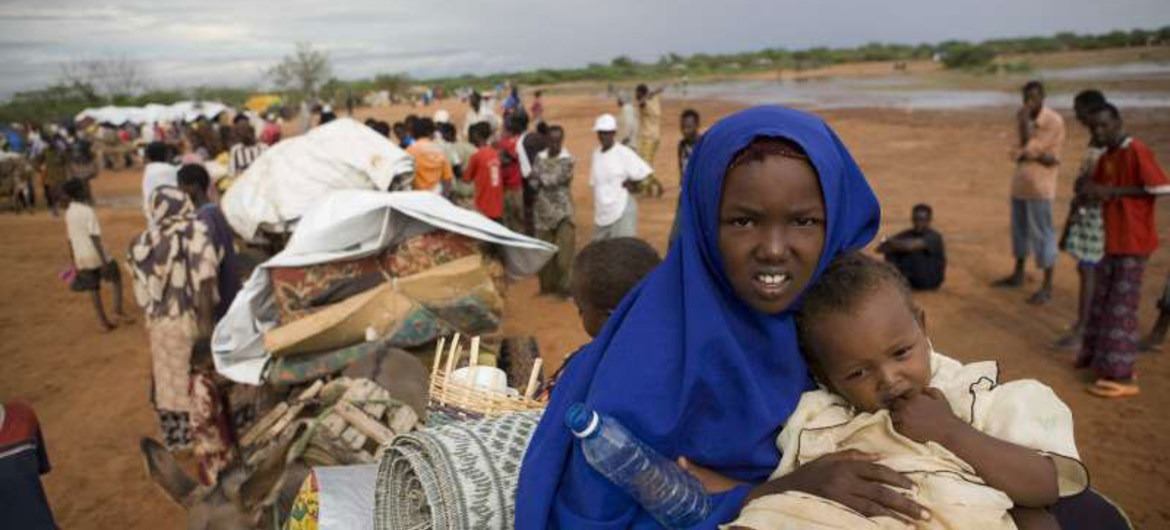World Bank has projected Kenya’s economy to grow by five per cent this year, driven mainly by increased investment based on restored access to international capital markets.
This, it says, will spur investor confidence and capital inflows, as well as more credit to the private sector through reduced domestic government borrowing.
Other growth drivers include the recovery in agriculture and tourism as well as deeper regional integration, with the economy expected to further grow by at least 5.2 per cent in 2025-25, World Bank says in its latest Africa’s Pulse report.
This year’s projection however means the economy will remain within last year’s growth range of five per cent, and falls far below the government’s projections.
According to the National Treasury, the economy will grow by 6.3 per cent this year, even as the country navigates through a high interest rates regime and major global risks.
These include potential escalation of geopolitical tensions particularly the Israel-Palestinian and Russia-Ukraine conflicts.
This is up from 6.1 per cent last year, having picked from 4.4 per cent in 2022 when the country took a hit from the impact of the Covid-19 pandemic–Treasury’s fourth Medium Term Plan (2023-2027), released last month.
According to Treasury, this year’s growth will be driven by raising agricultural productivity as the government implements key components of the Bottom Up Economic Transformation Agenda (BETA), which is President William Ruto’s plan to drive growth, create wealth and jobs.
World Bank has however warned that growing debt service obligations are creating liquidity problems and crowding out development spending in Sub-Sahara Africa, including Kenya.
The country’s total debt stood at Sh11.2 trillion as of January, Central Bank of Kenya data shows, where external borrowing accounts for the larger share of Sh6.2 trillion with Sh5.1 trillion borrowed from the domestic market.
Public debt service expenditure for the current financial year ending June is estimated at Sh1.6 trillion.
The ability of African countries to finance their development and re-profile their debt is constrained by limited access to costlier external funding.
Amid high levels of external debt repayments, as a result of high debt levels and elevated borrowing costs, some countries in the region may face temporary external liquidity pressures in 2024 and 2025, World Bank noted.
“Increased domestic resource mobilisation is critical to win back the country’s policy space, channeling resources toward pro-growth public spending and addressing debt rollover risks,” World Bank says in its report.
Strengthening tax administration, broadening the tax base, and improving the efficiency of public spending are essential, it adds.
The international community can also play a role by providing more concessional financing to facilitate the implementation of structural reforms and supporting external debt management.
World Bank notes that liquidity pressures remain elevated.
In early 2024, Benin, Côte d’Ivoire and Kenya issued international bonds in response to Eurobonds and commercial loans falling due. However, these issuances came at higher rates.
For instance, the coupon of the new Eurobond issued by Kenya this year is 9.75 per cent, which is above the 6.87 per cent that the Eurobond maturing in 2024 offered.
Kenya among the only three countries, of the 10 largest economies in the Sub-Sahara region, that are growing at rates that are higher than their long-term average, according to World Bank. This is alongside Côte d’Ivoire and the Democratic Republic of Congo.
Within the sub-region, the East African Community is projected to grow at the fastest pace, 5.3 and 5.8 per cent in 2024 and 2025–26, respectively, thanks to robust growth in the Democratic Republic of Congo, Kenya, Rwanda and Uganda.
The report projects that growth in Sub-Sahara will rebound in 2024, rising from a low of 2.6 per cent in 2023 to 3.4 per cent in 2024, and 3.8 per cent in 2025.
However, this recovery remains tenuous. While inflation is cooling across most economies, falling from a median of 7.1 to 5.1 per cent in 2024, it remains high compared to pre-Covid-19 pandemic levels.
Additionally, while growth of public debt is slowing, more than half of African governments grapple with external liquidity problems, and face unsustainable debt burdens.
Overall, the report underscores that despite the projected boost in growth, the pace of economic expansion in the region remains below the growth rate of the previous decade (2000-2014) and is insufficient to have a significant effect on poverty reduction.
Moreover, due to multiple factors including structural inequality, economic growth reduces poverty in Sub-Saharan Africa less than in other regions.
“In a context of constrained government budgets, faster poverty reduction will not be achieved through fiscal policy alone, World Bank Chief Economist for Africa, Andrew Dabalen, noted.
“It needs to be supported by policies that expand the productive capacity of the private sector to create more and better jobs for all segments of society,” he said.











